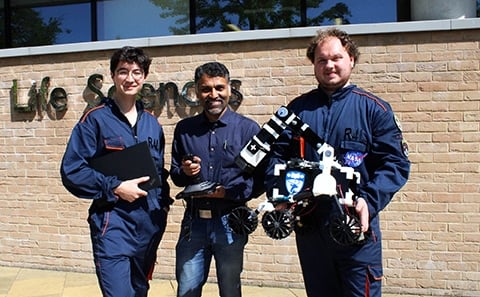
Oxford University has used new computational techniques to get a more detailed picture of what happens exactly to your lungfunction when you have been infected with Covid-19. The researchers used a new computational approach to assess how COVID-19 may affect long-term lung function. So says the university in a press release.
Lead author Professor Peter Robbins, from the Department of Physiology, Anatomy and Genetics at the University of Oxford, said: “Our study illustrates the ability of this new technique to study aspects of lung function that cannot be so easily measured with standard clinical tests. Without measurements prior to infection, it is not possible to conclude whether these differences are directly due to COVID-19 infection, or whether they are risk factors associated with the lungs being susceptible to more severe disease.”
Key findings
There was an association between hospitalisation with COVID-19 and smaller lung volumes, but it is not known whether the smaller volumes are caused by COVID-19 infection, or instead a more severe infection. ICU admission was also associated with enlarged respiratory dead space (the volume of gas that is inhaled into the lungs but does not participate in gas exchange).

This technique has already been shown to predict whether patients with asthma need an increase in their medication. It is also promising as a method to detect subclinical lung disease, opening up the possibility of ultimately treating patients earlier to prevent the onset of more significant disease.
Method explained
The research team assessed lung function using a new technique called computed cardiopulmonography. In this method, participants breathe through a mouthpiece connected to the measuring device that uses lasers to take highly accurate measurements of gas composition. These measurements are then fed into a computer model of the respiratory and cardiovascular systems to estimate values for aspects related to the individual’s lung function.
For each individual, the model was adjusted to account for physiological factors that may affect lung function, such as gender, age, height and body weight.
Selected for you!
Innovation Origins is the European platform for innovation news. In addition to the many reports from our own editors in 15 European countries, we select the most important press releases from reliable sources. This way you can stay up to date on what is happening in the world of innovation. Are you or do you know an organization that should not be missing from our list of selected sources? Then report to our editorial team.






